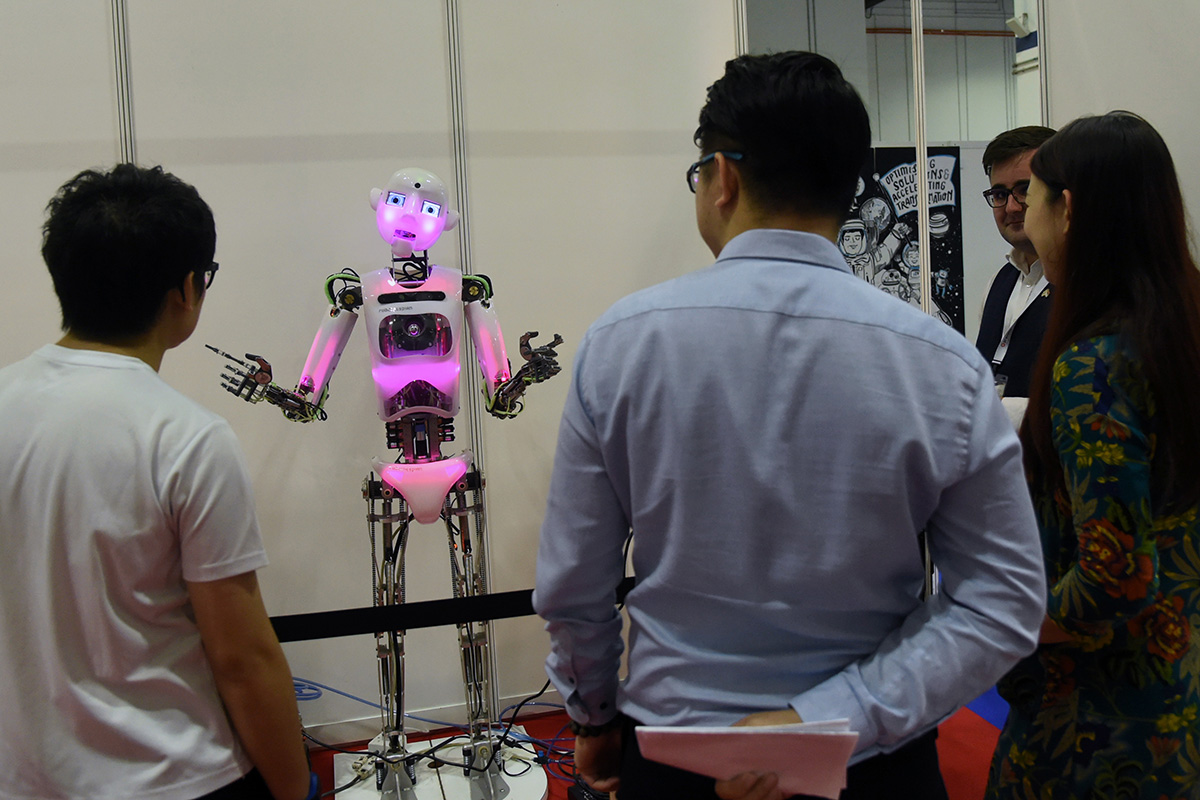The Association of Southeast Asian Nations (ASEAN) consists of 10 countries and makes up a culturally, politically and economically diverse region, boasting a population of over 632 million people, a growing middle class, and an increasingly educated workforce. Today’s workforce in ASEAN sees both, potential and challenges as the Fourth Industrial Revolution dawns upon the region.
With the transition into a digital revolution, the massive technological changes are already beginning to alter the nature of work through advancements such as additive manufacturing, robotics and the Internet of Things (IoT). These technologies are said to further aid in the increase of sales, labour productivity and employment of highly skilled workers in the region. However, there might be some challenges for labour-intensive sectors such as textiles, clothing and footwear, which provide more than 9 million jobs in ASEAN.
These five sectors include automotive and auto parts; electrical and electronics; textiles, clothing and footwear; business process outsourcing; and retail.
How will they be affected?
According to a report by the International Labour Organisation (ILO), these five sectors are particularly vulnerable to disruptive technologies, like additive manufacturing and automation. “This could reduce export growth as destination markets in Europe and the United States bring production back home. The subsequent social consequences could be particularly significant for some ASEAN economies such as Cambodia and Vietnam,” it stated.
Although the report foresees that there will be no mass job replacements due to the new era, the technology to replace mainly lower skilled jobs in ASEAN will increasingly still be adopted as its costs decline and innovations become more accessible to small-sized enterprises as well.

Source: ASEAN in Transformation : How Technology is Changing Jobs and Enterprises.
The report estimates “...about 56 percent of all salaried employment in Cambodia, Indonesia, the Philippines, Thailand and Vietnam, is at high risk of displacement due to technology in the next couple of decades.”
Since the robotic age has already struck the region, ASEAN manufacturers are beginning to implement the use of robotic automation to improve productivity, quality and workplace safety. Current trends have shown that robotics is being deployed in a human-centric, collaborative way to raise the productivity of higher skilled workers, rather than replace them.
Nevertheless, in order for the workforce to keep up with this new route, employees need to be appropriately trained with the relevant core skills such as technical skills and knowledge that allow them to adapt to handling new technologies so that output can be optimised.
Regional collaboration is key
ASEAN as a regional bloc must improve collaboration to tackle these acute challenges. A recent joint report by the World Economic Forum (WEF) and the Asian Development Bank (ADB) have come up with seven recommendations for ASEAN leaders to prepare their institutions for the coming challenges associated with the Fourth Industrial Revolution.
Firstly, the ASEAN Secretariat has to become a “platform organization” that allows for the integration of input from multistakeholder groups of experts. For this, ASEAN must work with policymakers, enterprises, and workers in navigating the transformative changes in labour markets, particularly in developing systems for skills and training.
Secondly, the secretariat must delegate more activities to the abovementioned affiliated functional bodies.
Moving on from that, ASEAN must replace the current three-year rolling plans with long-term blueprints. “Considering the speed of the Fourth Industrial Revolution, most forecasts will quickly be outdated. ASEAN must be agile and allow for course correction,” the study reported.
The fourth recommendation features a democratised and decentralised policy formulation where the people of ASEAN will be the at the centre of the policy. This will make the ASEAN policy-making process more inclusive, and make ASEAN an organization truly owned and managed by the people for their benefit.
The report also suggests that pan-ASEAN test-beds must be established with new approaches to regulation as a way to nurture multi-country experiments in shaping new technologies. This way, technologies and talent can be shared amongst the 10 countries which will then strengthen the regional bloc economically.
The final two recommendations include hiring staff that are competent in managing the new Fourth Industrial Revolution tools as well as adopting a new funding model to provide more funding for the ASEAN Secretariat’s operations to carry out more critical plans and research for the region.
Stephen Groff, vice-president of the ADB, in a statement said, “With prudent fiscal management and appropriate policy, opportunities for lifelong learning and incentives for skills training can be created. This is especially true for ASEAN. ADB considers the potential impact of Fourth Industrial Revolution technologies on jobs in ASEAN a critical area for exploration to support inclusive growth in the years ahead.”
Recommended stories:
